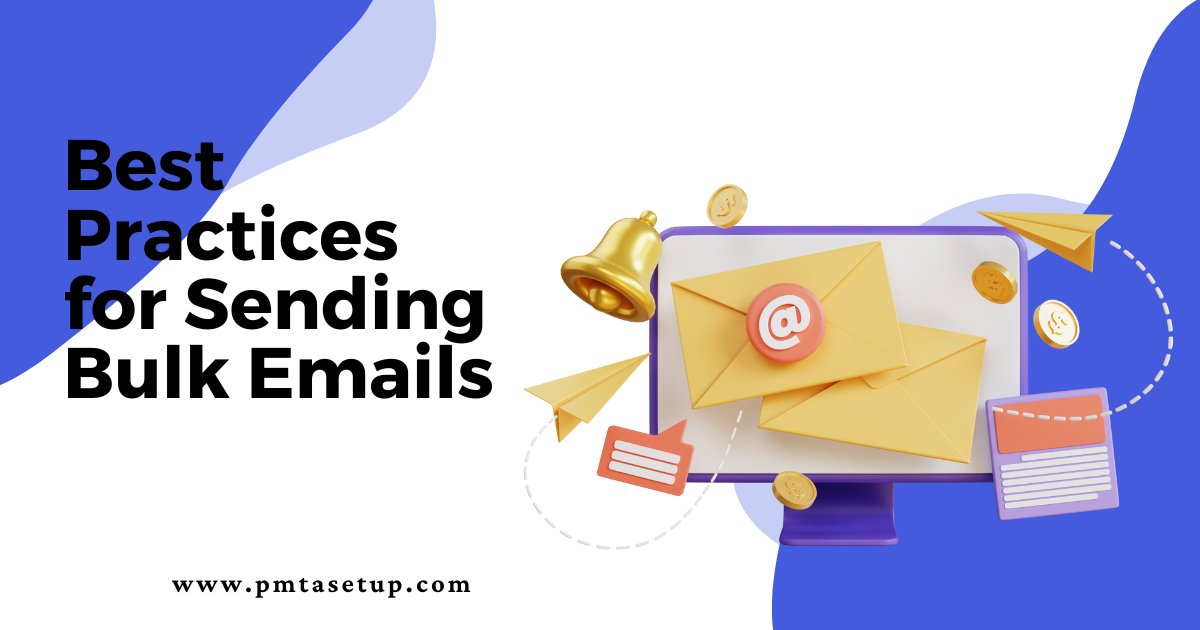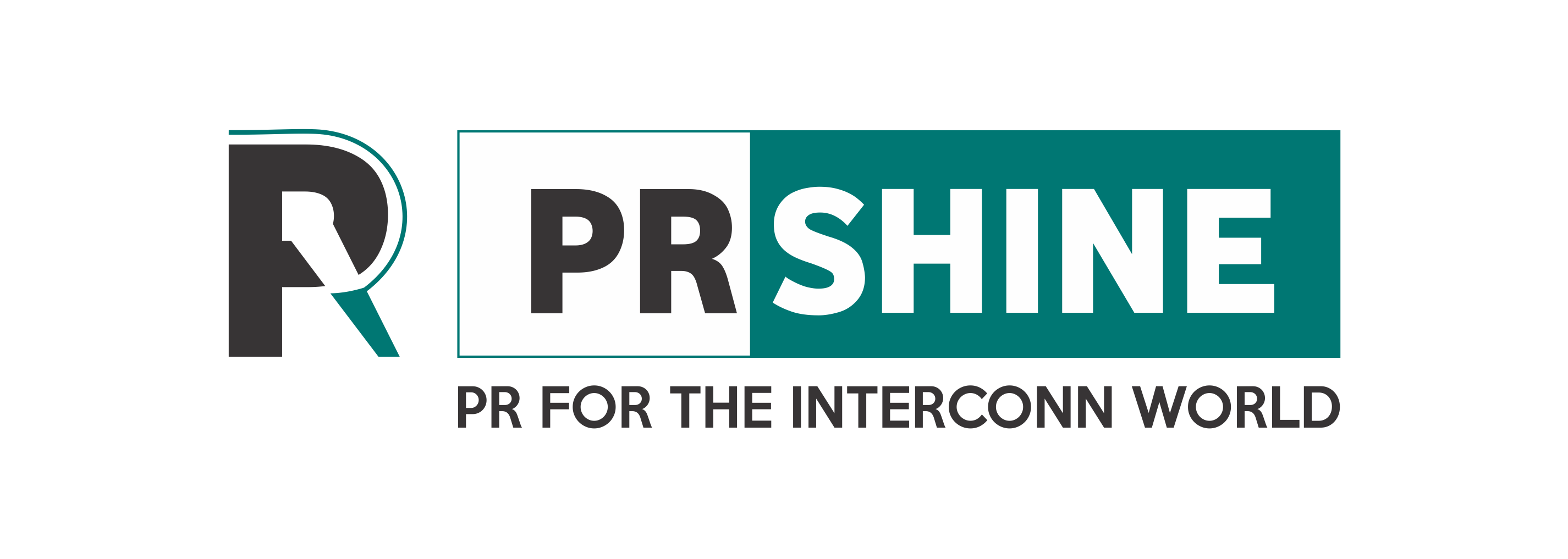Best Practices for Sending Bulk Emails
Bulk email is the act of sending a single email campaign to a big group of people all at once. Bulk emails often contain marketing messages, bulletins, updates, promotions, and invitations.

Bulk emails can be a highly effective way to reach a large audience quickly and cost-effectively. However, they also present some unique challenges, such as avoiding spam filters and ensuring that your message is received and read by your target audience. Mass mailing service offered by different companies often follows these practices to achieve success in their campaigns that run on bulk emailing servers. In this blog, we’ll explore some best practices for sending bulk emails that will help you achieve your marketing goals while minimizing the risk of being labeled as spam.
What are bulk emails?
Bulk email is the act of sending a single email campaign to a big group of people all at once. Bulk emails often contain marketing messages, bulletins, updates, promotions, and invitations.
Bulk emails, also known as mass emails or email blasts, transmit a single message to a big group of subscribers. All you need is an email marketing platform like Campaign Monitor and a list of opted-in subscribers. There are other alternative email systems that allow you to send bulk emails, but the top providers will offer capabilities that make the creation, sending, and delivery of emails as simple as possible. Tools such as:
- Premade, mobile-responsive email templates ensure that your emails look great in every inbox.
- Email builder with drag-and-drop functionality for quick and elegant sends
- Check the design and spam filters to observe how emails appear in the inbox.
- Send timing optimization to ensure that your message reaches your recipient at the greatest possible moment
- To determine who is active and who should be removed from your list, use engagement segments.
- Insights and data to help campaigns perform better over time
Marketers have discovered that personalisation and automation improve the effectiveness of bulk emails by sending the appropriate message to the right person at the right time. You can still send bulk or mass emails to your audience, but dynamic content solutions allow you to substitute particular parts of a bulk email with information that changes depending on the recipient. A publisher, for example, might send out a daily or weekly newsletter with adverts tailored to the specific subscriber—perhaps one with an event invitation, another with a product offer, based on what the subscriber has previously shown interest in.
Best Practices for Sending Bulk Emails
The best practises for sending bulk emails are listed below:
Build a targeted and permission-based email list
Your email list is the foundation of your email marketing campaign. It is vital to establish a list of those who have expressly requested to receive your messages. Buying email lists or scraping emails from the internet may seem appealing, but it is not encouraged because it can harm your sender's reputation and cause your emails to be labeled as spam. Individuals who opt-in authorize you to send them emails, increasing the possibility that they will engage with your content and become a customer.
Use a reputable email service provider
There are several email service providers available, and it is vital to choose one that is dependable and provides the features you desire. A good email service provider can help you manage your email list, create and deliver professional-looking emails, and track campaign success. It is vital to perform research and assess multiple email service providers to find the best fit for your needs.
Personalize your emails
Personalization is essential in any email campaign, but it is extremely necessary when sending mass emails. Personalized emails have a higher open and click-through rate because they make the recipient feel valued and increase the likelihood of engagement. Personalization may entail using the recipient's name, location, previous purchases, or other information you have on file for them.
Segment your email list
Segmenting your email list means dividing it into smaller groups based on criteria such as interests, location, or behavior. By segmenting your email list, you can tailor your communications to the interests of each group, making your emails more relevant. This, in turn, can increase your open and click-through rates, allowing you to accomplish your marketing goals.
Create compelling subject lines and email content
Your subject line is the first thing your recipient sees, and it has a big impact on whether or not they open your email. Your subject line should be brief, direct, and intriguing. Use of spammy words and phrases such as "free," "act immediately," or "limited time offer" can set spam filters off.
Furthermore, the content of your emails should be entertaining and relevant to your target audience. Use a conversational tone to make your email easy to read and visually appealing. Enhance and recall your message by using photographs, movies, and other multimedia elements.
Test and optimize your email campaigns
To gain the best results, it is necessary to test and optimize your email marketing. A/B testing comprises sending two versions of your email to a subset of your list and tracking the results to determine which version performs better. This data can then be utilized to optimize your email for the best results.
Monitoring open and click-through rates, as well as conversion rates, is an important element of optimizing any email campaign. Use this data to gradually enhance your email list, subject lines, and email content.
Ensure compliance with email marketing regulations
Several restrictions apply when sending bulk emails, notably the CAN-SPAM Act in the United States and the GDPR in the European Union. These rules necessitate that you include an opt-out option in your emails, identify yourself as the sender, and indicate your actual mailing address. Failure to follow these standards might result in hefty penalties and damage to your sender's reputation.
Conclusion
Sending bulk emails can be an effective way to reach a large audience quickly and cost-effectively. However, it is essential to follow best practices to ensure that your email campaign is successful and does not get marked as spam. Building a targeted and permission-based email list, using a reputable email service provider, personalizing your emails, segmenting your email list, creating compelling subject lines and email content, testing and optimizing your email campaigns, and ensuring compliance with email marketing regulations are all critical components of a successful bulk email campaign.
By following these best practices, you can achieve your marketing goals and increase engagement with your target audience. You always have the option of getting expert assistance in your bulk email campaigns. Experts from PMTA Setup help you optimize your mass mailing campaigns.












